ORIGINAL RESEARCH
Published on 25 Apr 2022
Minimally Invasive Cochlear Implantation: First-in-Man of Patient-Specific Positioning Jigs

doi 10.3389/fneur.2022.829478
- 2,867 views
- 9 citations
11k
Total downloads
57k
Total views and downloads
Select the journal/section where you want your idea to be submitted:
ORIGINAL RESEARCH
Published on 25 Apr 2022

SYSTEMATIC REVIEW
Published on 24 Mar 2022

CLINICAL TRIAL
Published on 21 Mar 2022
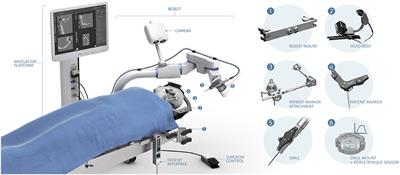
ORIGINAL RESEARCH
Published on 25 Nov 2021

ORIGINAL RESEARCH
Published on 19 Nov 2021
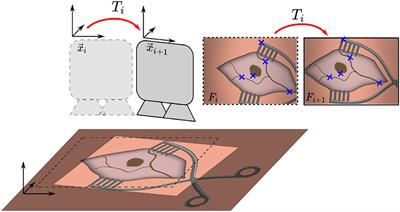
ORIGINAL RESEARCH
Published on 11 Nov 2021
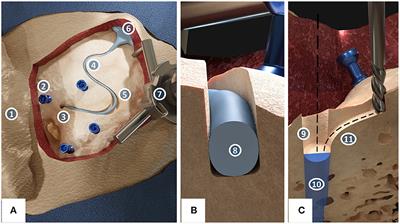
ORIGINAL RESEARCH
Published on 08 Nov 2021

ORIGINAL RESEARCH
Published on 06 Oct 2021
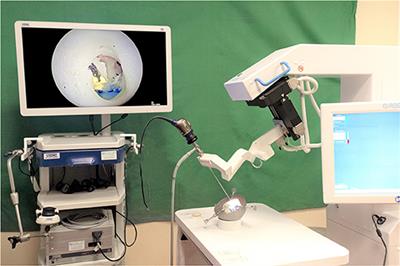
ORIGINAL RESEARCH
Published on 30 Sep 2021
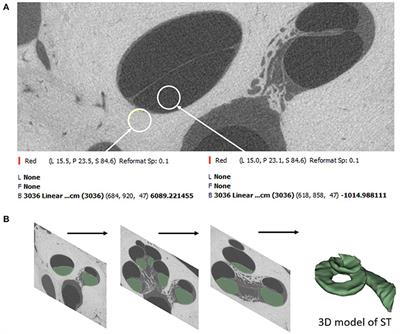
ORIGINAL RESEARCH
Published on 30 Sep 2021
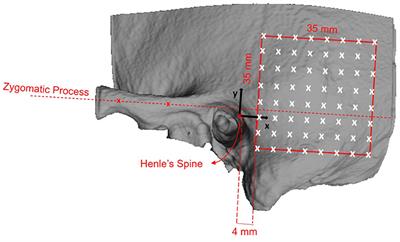
ORIGINAL RESEARCH
Published on 29 Sep 2021
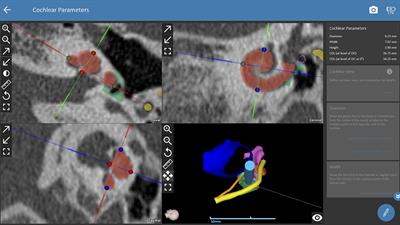
ORIGINAL RESEARCH
Published on 29 Sep 2021
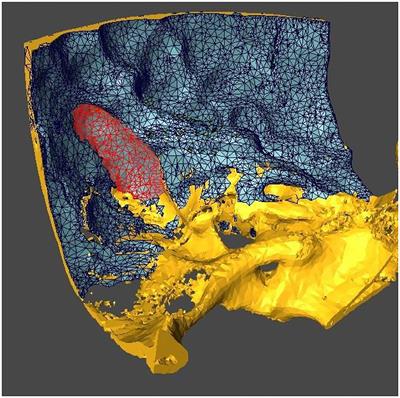

Frontiers in Neurology